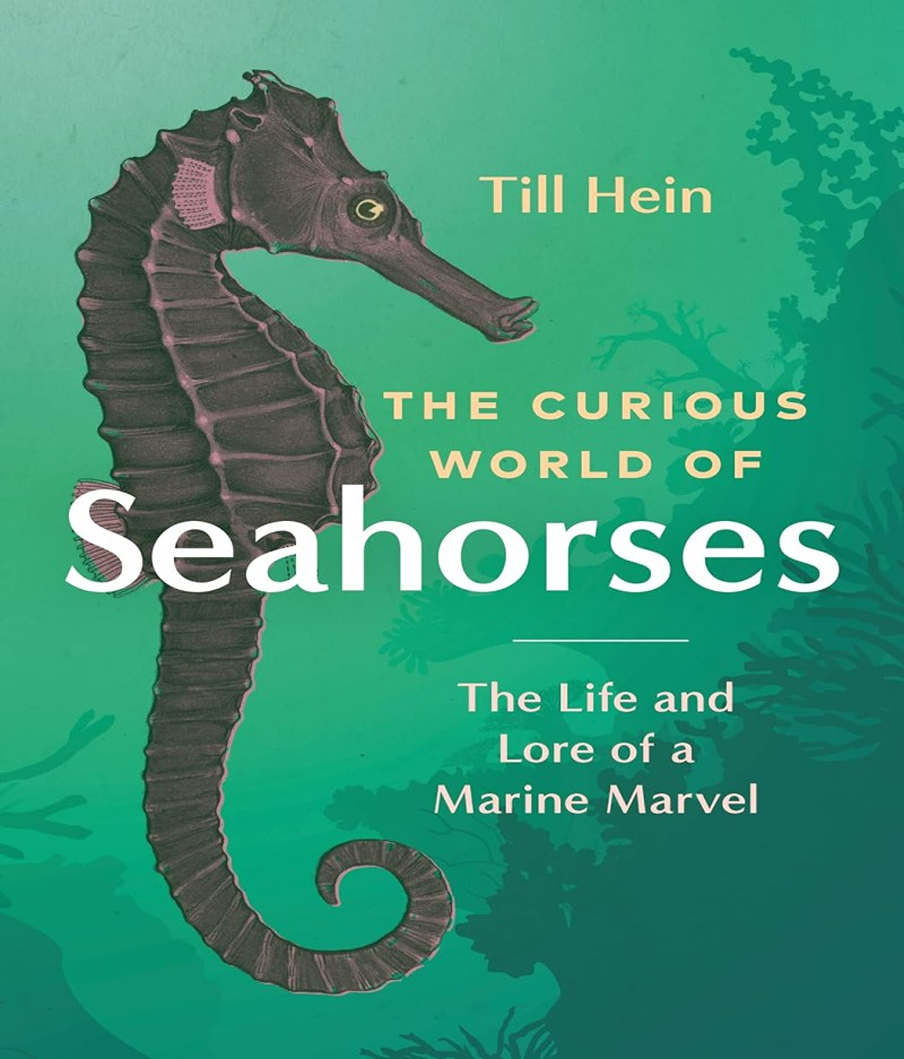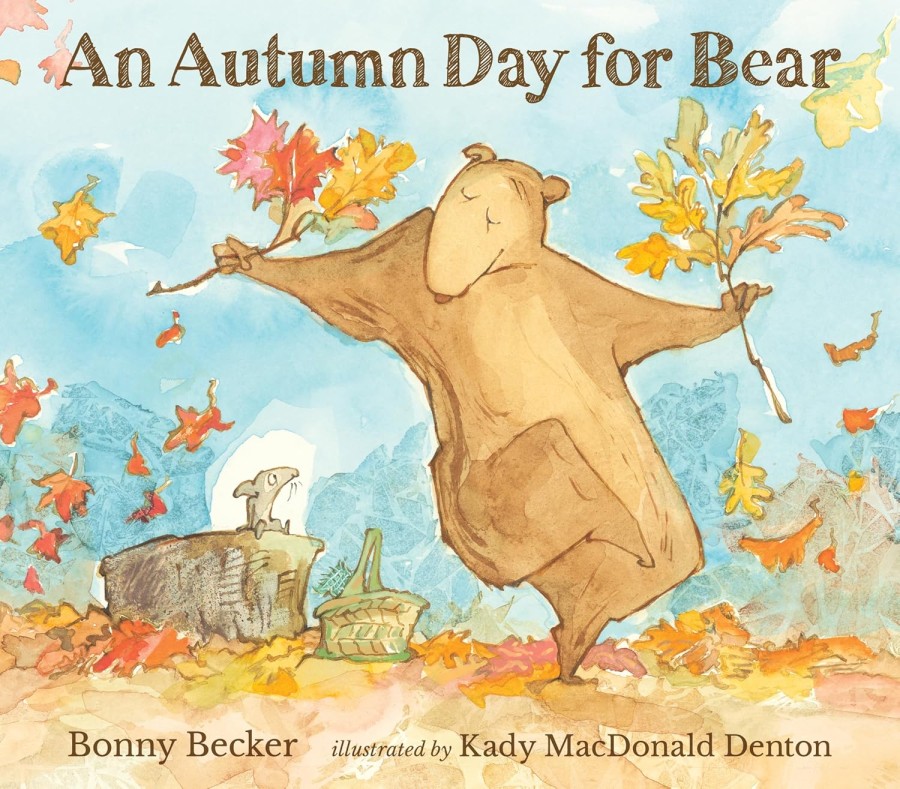Let’s Meet England’s Mysterious Seahorses

Sea horses are so strange, that someone once said ‘when God made seahorses, He may have had one too many!’ They are fish, but poor swimmers, so cling to the first thing they find (the infamous photo of one holding a plastic cotton bud, led to worldwide bans on sale).
Seahorses swim upright. They have no stomachs (they do have intestines) and no teeth. They perform dances of up to 9 hours when meeting life partners, then females transfer eggs to the male, who carries them to term! Males can give birth to up to 200 baby seahorses, but not many survive.
England is home to two species: the spiny seahorse (that hides in seagrass beds and kelp) and short-snouted seahorse (sticks to shallow waters). Both can use their tails to curl tightly around seaweed for safety.
So you can imagine why seaweed should only be sustainably-hand-harvested by experts (who just ‘give seaweed a haircut’ without removing the roots) and seagrass beds (often destroyed by boat anchors) need protecting.
Keep dogs away from seaweed, as fronds can expand in the stomach.
Studland Bay is the main habitat for England’s seahorses, due to the thick seagrass beds. A surprising hotspot is also the Thames Estuary (there is rich feeding of plankton and weedy margins for hiding and nesting).
Turbulence from boats or people wading nearby can harm seahorses, so always leave them alone.
How We Can All Help Seahorses
- Volunteer beach cleans help, by removing plastic waste. Choose zero waste cotton buds in plastic-free packaging.
- If you eat fish, avoid brands that use by-catch methods (70 million seahorses are caught by the fishing trade each year).
- Don’t visit tourist aquariums (many die of shock when caught or from flash photography).
- Don’t buy seahorse souvenirs (they are killed, also for ‘medicine’).
- Divers should avoid touching, hovering or photographing them.
- Advanced mooring systems has developed an alternative to boat anchors, that is safer for seagrass beds and marine wildlife.
- The Seahorse Trust has more info on how to help, including a page for divers. It restores seagrass habitats, and pushes for better laws.
A Book about Mysterious Seahorses

The Curious World of Seahorses is a book that looks at one of the ocean’s most charismatic and mysterious inhabitants. These creatures have pouches (like kangaroos) and snouts (like anteaters).
Till Hein shares the world of seahorses, revealing their secrets and biological features, along with the medieval belief that they are descended from dragons!
The slowest swimming, yet most effective hunters in the ocean? Eyes that can move separately from each other, fin colour that changes on demand, and a digestive system with no stomach? This is a treasure trove of everything about these remarkable creatures. Wendy Wasserman






